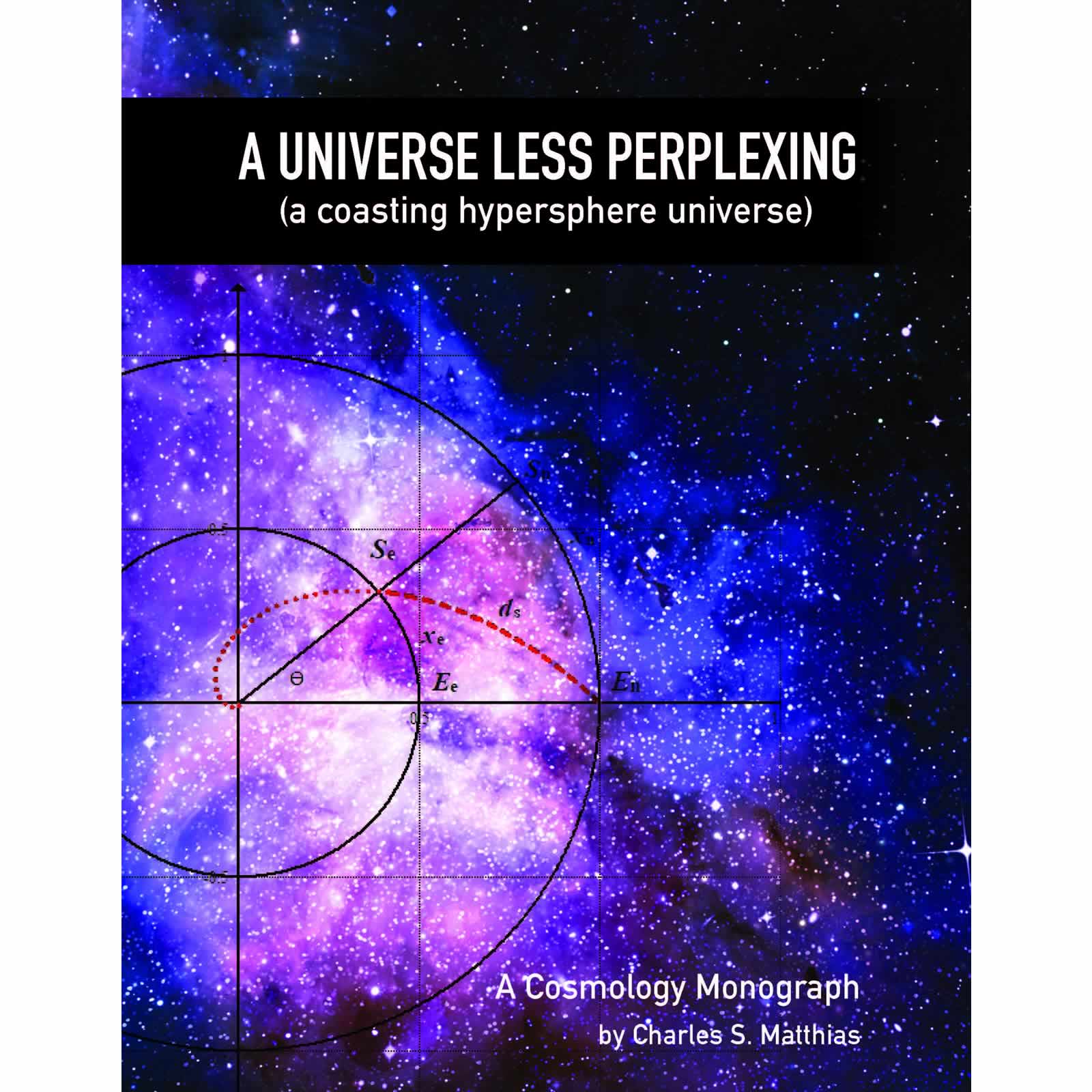Description
A century ago, Albert Einstein postulated a ‘cosmological constant’ or ‘lambda’ force to oppose and to equal the gravity forces which would otherwise collapse the universe. When the universe was discovered to be expanding, with galactic speeds proportional to distance, ‘lambda’ was reinvented as a ‘dark energy’ expansion force. Finally, the Lambda Cold Dark Matter model (LCDM) was developed to explain this behaviour, but is dependent upon 6 parameters of uncertain value. Its dark matter and dark energy have not yet been detected.
This book offers a geometric hypersphere model to explain stellar recession speed, increasing with distance. Such behaviour is observed on the perimeter of an expanding 1D circle, on an expanding 2D spherical shell, and on our 3D hypersphere universe, with radius growing at light speed. All universe inhabitants have an encircling view in all directions of increasing redshift with distance, and appear to be at the centre of the universe. In all cases, they are observing along the curved hypersphere skin, and interpret the photon trajectory as a straight line. The lambda force does not exist.
The hypersphere expansion causes ‘Hubble’ recession of stars. Equations describe redshift, recession velocity, radiation temperature, past and present ‘proper’ stellar locations, Hubble parameter, universe age, and light-travel distance. The hypersphere equations are derived in detail and are verified using several major field studies, including galactic and CMB BAO studies. (Matthias, Can. j. phys., 2016)

